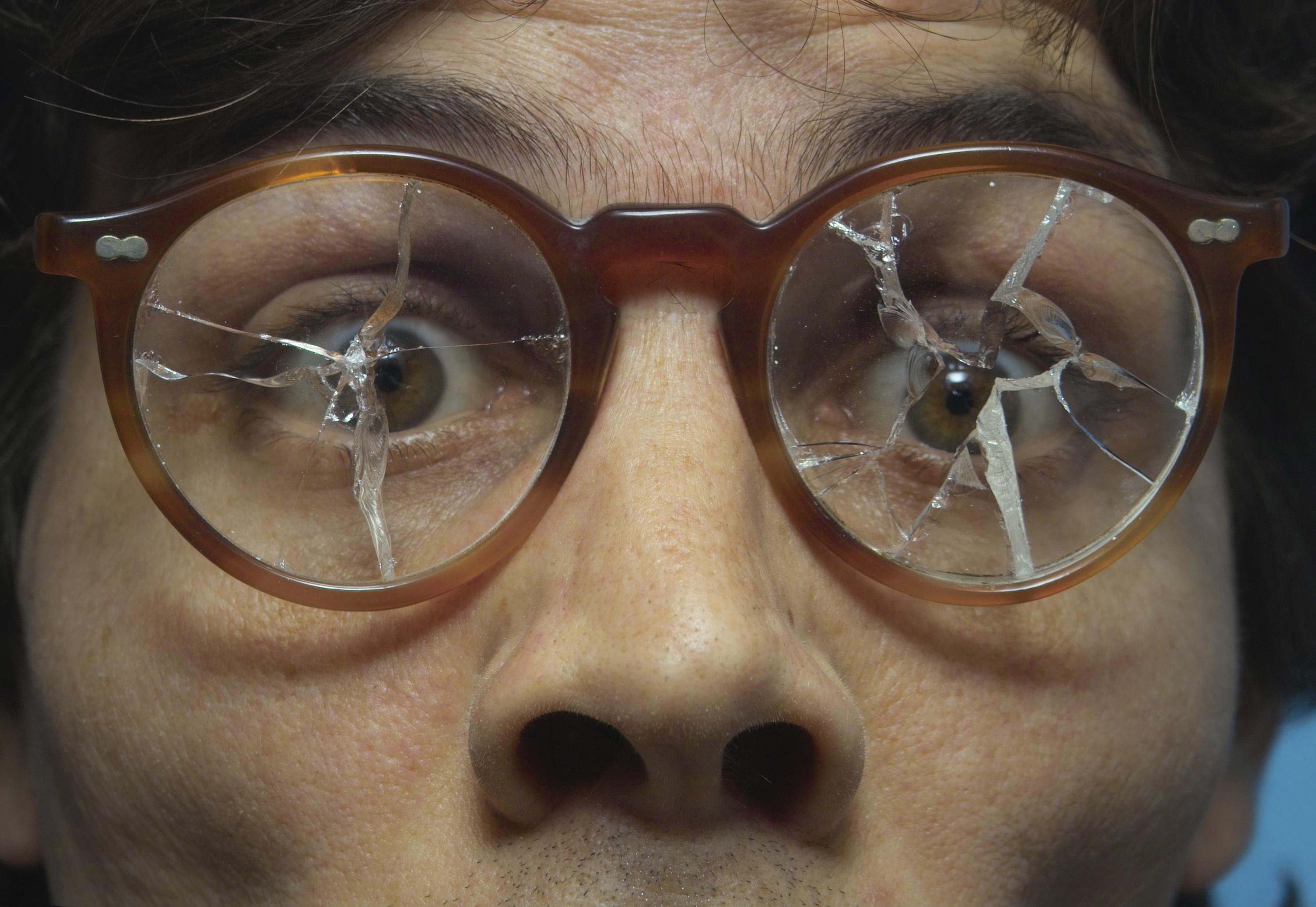
In most National Basketball Association (NBA) games, we see a white coach on the sidelines and mostly black players on the court. We also see players being benched and put back in depending on how well they play, their foul trouble and the matchup with the other team. Except for the oddity of having a league of mostly black players produce mostly white coaches, the NBA looks like it is ruled by performance only, because winning is so important and performance is so easy to assess. But it is ruled by more than performance. White coaches use white players more than they should, and black coaches use black players more than they should, compared with others who perform equally well.
We can be fairly certain about this now that a paper by Letian Zhang in Administrative Science Quarterly has looked at this unfair treatment and explored it in detail never before seen. The findings are important for any kind of business because they show the origin of same-race favouritism, how it can be reduced and why there are limits to reducing it. Favouring workers of the same race is well known and happens everywhere, for different reasons.
The origins of favouritism
First consider the origins of this favouritism. Many people think that preferential treatment occurs because employers judge each person as being as good as the average person with similar characteristics. A variation is that employers look at each person as being as good as they think the average is for someone with those characteristics, but they are wrong about the average. For example, managers may think that women are less stable employees, but their estimate is off because men, who (granted) fall pregnant less often, quit more often than women. Both of these reasons for favouritism should adjust quickly once a manager gets to know an individual’s performance, which happens very fast in the NBA because of the excellent statistics on player performance.
But there is another reason for favouritism that is more insidious: racial preference. Simply put, people prefer to interact with others of the same race. Looking closely at the data, Zhang found that “having a same-race coach increases a player’s playing time per game by 34 seconds on average”. However, in NBA playoff games and close games, race no longer influenced playing time; only performance did. That’s exactly what we would expect from racial preference, because it is easier to treat workers unfairly when the stakes are low.
As the NBA became even more competitive in the 1990s, the race-based variance in playing time appeared to increase. Zhang hypothesises that with more high-performing players to choose from, coaches were freer to rely on their biases in decision making.
How bias dissolves
How is bias in basketball relevant to business? Zhang likens the coaches’ decisions to use or bench certain players to how coveted assignments are doled out by corporate managers. “Compared with bias in hiring and promotion, bias in opportunity allocation can be more difficult to prevent because there is less oversight,” he says.
So how can this effect be reduced? Well, time reduces unfair treatment. In the NBA, the unfair playing time is reduced the longer a coach works with the same player, but it takes more than two years for a player to be treated almost fairly by a coach of another race. This length of time doesn’t match up with knowledge about the player’s performance, but it matches something else: Managers have a harder time treating someone unfairly when they get to know that person well enough to see him or her as an individual, not as a racial stereotype. This is the “good black player” effect in the NBA.
But if managers can start treating someone of another race fairly after a period of time, will they then start seeing others of another race as individuals, too, and treat them fairly sooner? The answer is no, at least in the NBA. Getting to know someone of a different race as an individual does not mean that fair treatment is extended to others; they still have to prove themselves one by one. Zhang writes, “A coach who has spent years working with other-race players exhibits as strong a racial bias as he did upon first entering the league.” And that should give pause to all organisations, because it says that even the NBA, with its highly integrated teams and its careful and timely objective performance measures (not to mention the high stakes), has a remaining racial component in the treatment of workers.
The conclusion is clear, and different from what many organisations do. Bias is so pervasive and deep-seated that it is not possible to rely only on the immediate supervisor’s judgment; there also have to be formal processes in place to make sure employees are treated fairly.
-
View Comments
-
Leave a Comment





No comments yet.